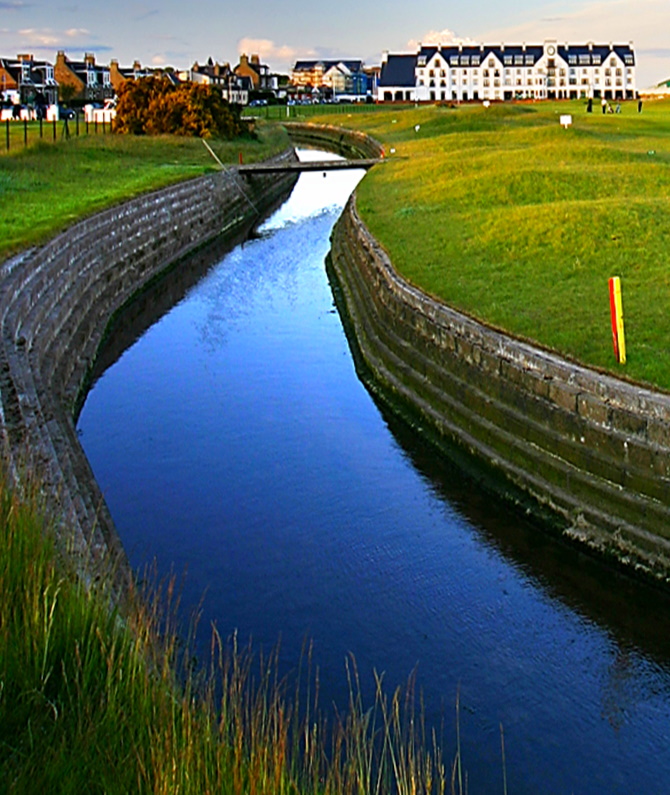
Merely an aesthetic distraction on some holes, a deadly foe on others, the Barry Burn is a water serpent that snakes its way across the links of Carnoustie towards the sea. What sets the Barry Burn apart is the meandering direction it takes as it crosses the fairways. It becomes a much more fatal opponent, particularly on 10, 17 and 18. It is in many respects the defining physical feature of Carnoustie and no appraisal of the links is complete without it
In 1953 Ben Hogan determined that the only way to reach the green in two was to play a perilously narrow line that, threading a gap between two large fairway bunkers, and an out-of-bounds fence that runs the length of the left-hand side. The job is made ever harder by normally playing into the wind. After Hogan completed the task for a fourth consecutive time, perhaps the doubters began to realise this wasn’t luck. He won by two shots. It’s not just about a brave drive though. The second shot is no less perilous with a ditch angling across the fairway and the out of bounds continuing to be a threat. Hogan’s Alley is regarded as one Scotland’s very finest par 5’s
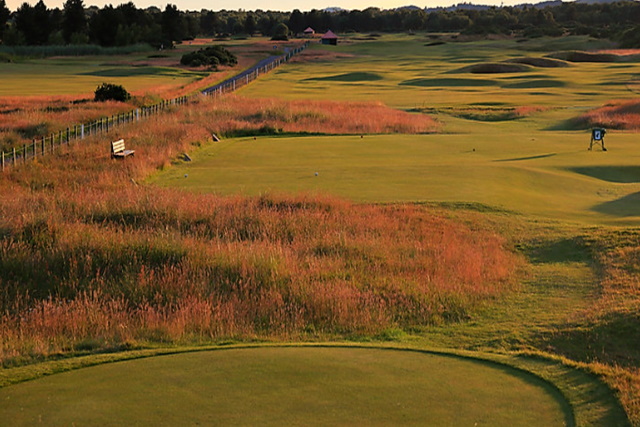
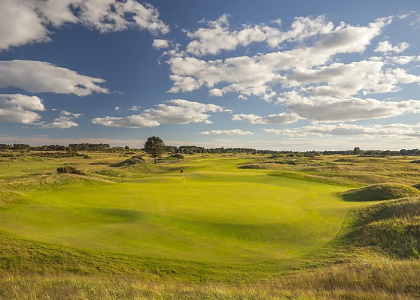

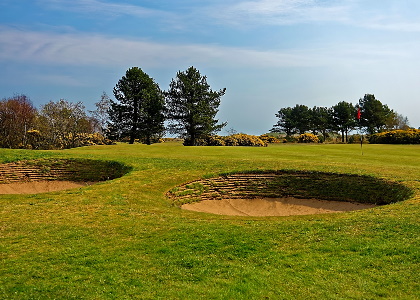


Played as brutal par 4 by visitors (SI 1) and a compassionate par 5 in the Open, the hole is dominated by two bunkers “big enough to hide a cow in”; ‘the Spectacles’. Gary Player struck the finest shot of his life here in 1968 to make an eagle 3 which enabled him to go on to win the Open Championship.
The drive is tough enough with out of bounds left. However the hole is made by the second shot, where the player must decide whether he is going to carry the massive Spectacle or not. Further bunkers closer to the green provide more protection and anyone making four can feel justifiably proud of that score.
The fifteenth begins the harshest closing four holes in the Open rotation. Carnoustie caddies regard the ‘Happy Slap’ as the most exacting par-4 on the course. This hole requires a long and accurate drive and then a powerful approach to the very well protected green. Into the wind the majority of golfers will not be able to get home in two and if a lay up is required it must be kept well away from the bunkers some 25 yards short of the green as getting out of these in one stroke is extremely difficult.

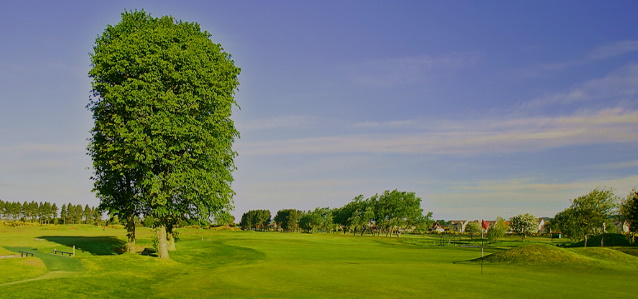

Despite its name, the ‘Barry Burn’ isn’t really in play on the hole.
The sixteenth is the toughest par 3 on the Open Championship rotation by average score. It’s a 245 yard ‘short’ hole, often played into the wind.
Tom Watson had five attempts to get a par here during the 1975 Open Championship and failed to do so every time. In 1968 Jack Nicklaus was the only player to even get past the pin during the final round. Most of the trouble lies at the front which is riddled with bunkers. This hole is really a 3.5 and a par is an outstanding achievement.
No hole at Carnoustie is more storied than ‘Home’, the eighteenth, and no closing hole in the Open Championship rotation is anywhere close to be as demanding when the rough is grown out than this beast. In 1975 it denied Johnny Miller at the death when he found a bunker. In 2006 it was Sergio Garcia who would perish after he and Padraig Harrington took it in turn to lose with the Irishman twice finding the water. It’s the name of Jean van de Velde in 1999 however who really carved the holes reputation into golfing folklore, when he perished in the Barry Burn requiring a seven to win the claret jug on the 72nd hole.
Justin Rose might be forgiven for wondering what all the fuss is about though. In 2018 he shot four consecutive birdies here